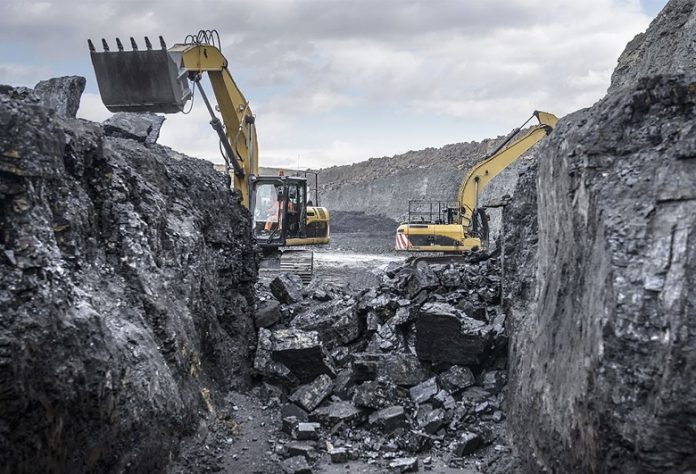India’s mining industry is currently going through it’s greatest legislative shake up in a generation, with India’s Government claiming that reforming the sector is vital for the country’s economic growth.
Speaking at the Global Mining Summit in December 2020, India’s Minister of Mines Pralhad Joshi reaffirmed the nation’s commitment to “structural reforms” to its mining sector, “to increase participation of the private sector in mineral exploration and redefine the norms of exploration for auction of mineral blocks, to ensure a seamless transition from exploration to production”.
India’s mining industry forms a major part of the nation’s economy, both in terms of its own contribution to GDP and its supplying the raw materials that underpin India’s considerable manufacturing and infrastructure industries. India is home to the fourth largest coal reserves in the world and also hosts significant sources of bauxite, diamonds, and titanium ore.
Why is India’s mining sector important?
India has ambitious plans for economic growth. Addressing the World Economic Forum in January 2018, Indian Prime Minister Narendra Modi expressed his driving desire: to make India a $5tn economy by 2025. It was a claim optimistically restated towards the end of 2020, following what could be considered a slight stumbling block to economic growth in the form of the Covid-19 pandemic.
“Today, our country is optimistic of the future, it is optimistic of reaching the $5tn target,” Modi said during an interview with India’s Economic Times.
“India is the third largest economy in terms of purchasing power parity. We want India to become the third largest in terms of current US dollar prices as well. The $5tn target will help us achieve that.”
It’s a bold target – becoming a $5tn economy in 2025 would require almost doubling the size of India’s economy in just five years – and it’s a target that the mining industry must play a key role in. The mining sector’s contribution to India’s GDP has been diminishing in recent years, which the Federation of Indian Mineral Industries attributed to the under-exploration of the nation’s “obvious geological potential” and a decreasing expenditure on exploration activities in the country.
Joshi said that the mining industry will be core to reaching the $5tn goal, both in terms of its direct contribution to GDP as well as its ability to grow downstream industries and employment. But growing India’s mining industry to a point where it can support a wider push for rapid economic growth requires hefty capital investment from private players, underpinned by renewed support from the state.
What changes are being made?
India is moving quickly with plans to revamp its mining sector. The flurry of reforms proposed include amending two provisions in the MMDR Act that would free up around 500 potential mining sites that have been rendered inaccessible by existing regulatory frameworks.
Under current legislation, these potential leases have either surpassed the legal timeframe for the granting of a mining lease or cannot be reallocated at auction due to legislative red tape. These moves would essentially streamline the transition process between the various stages of mine development work, from exploration right through to production.
There are further proposals to create a better statutory definition of illegal mining. Previously, there has not been a distinction between illegal mining done outside a leasehold area and mining in violation of approvals and clearances within a mining lease area. Under new amendments, illegal mining and the government’s powers in tackling the practice will only apply to mining committed outside a lease area, rather than mining that breaches regulations within an otherwise permitted lease area.
Source: www.mining-technology.com








































